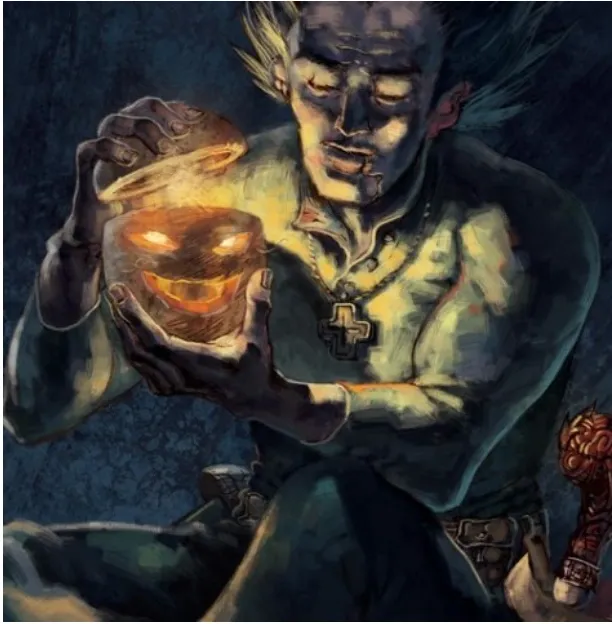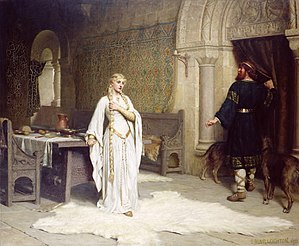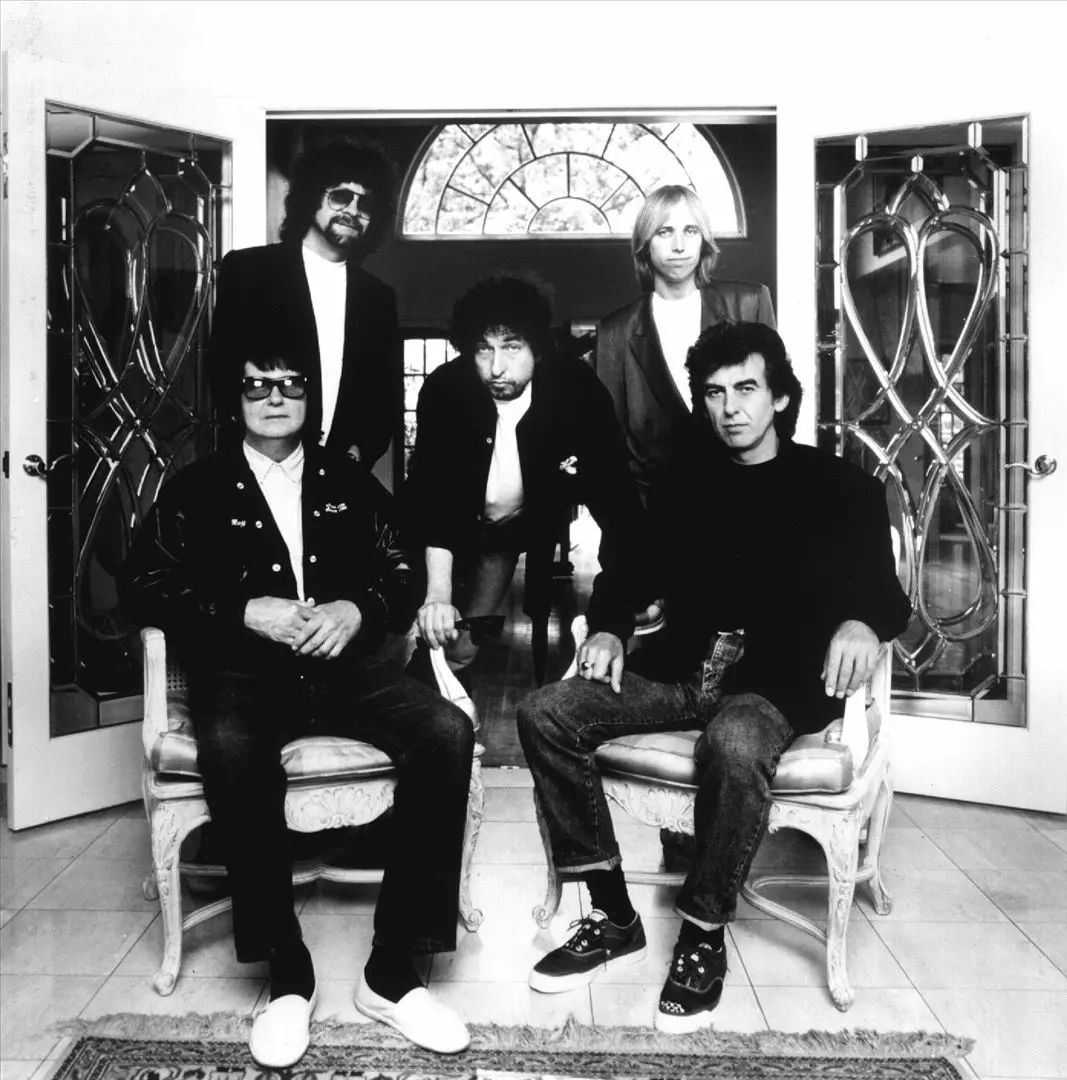They were always such a cheerful bunch!
A classmate from grade school and high school just passed. He was a friend. We knew each other well while navigating the difficult seas of the Sisters of Saint Joseph through eighth grade. We survived and thrived in the awkward teen years at an all male, Catholic high school. We would bump into each other thereafter during college breaks or while grabbing a pie at Star Tavern (Note for all non-Jersey readers: “pie” is the proper term for pizza. More on that topic later.). Simply put, Michael was part of the fabric of my youth.
News of someone passing does not fail to remain unique. Based on all comments among fellow classmates, and I among them, Michael’s passing appeared both unexpected and sudden. The curious part are the thoughts triggered when confronted with this type of incredibly sad news.
My thoughts have been dwelling on grade school with the news about Michael. There exist plenty of memories from high school with Michael but something pulls my mind to these younger years. Sadly, Michael is not the first grade school classmate to pass. When I learned of the deaths of these other classmates, I did not become mired in grade school memories. Something differentiated Michael’s passing.
Perhaps Michael taught us a lesson in grade school which we usually do not learn until much later in life. To appreciate Michael’s lesson for us, the dynamics of my grade school and community need to be better understood. For me, the story begins a generation earlier. My grandmother raised my father and his two sisters a few blocks away from Our Lady of the Valley (OLV) grade school in Orange, New Jersey.
When grown, each of these three siblings in turn raised their own families a little more than one mile away. The three siblings lived within a four block radius of each other. Whether intentional or not, every aspect of life remained within walking distance of the OLV church and grade school. My father and his sisters attended OLV grade school. In the next generation I attended OLV grade school as did my cousins.
When I attended OLV grade school, all the students walked to school and walked home. All lived fairly close to the school. There were no buses. There were no car pool lanes as no one would be driven to school or picked up. Typically, both parents worked (to afford Catholic school tuition) so there would be no one to even consider driving students to or from school. Nannies or child care givers did not exist unless someone’s grandparent lived with them.
Walking to and from school remains part of this story not to complain about walking in cold and rain soaked conditions (which we did) or suggest that we had to walk uphill both going to and coming from school. Instead, these times became part of the school experience. At times, after school, some students would venture to nearby Marty’s Delicatessen. In addition to sandwiches and deli meats, Marty offered soda, candy, gum, and my personal favorite – pretzel rods. Marty, standing in his apron and appearing as a cross between Ernest Borgnine and Carol O’Connor, would have a small barrel of pretzel rods which cost a few cents each. Kids would dig through the barrel to avoid the broken pretzel rods and carefully evaluate the salt content of the pretzel to be purchased. Miraculously, we survived the plethora of dirty hands which crossed over the pretzel rods.
Heading in the opposite direction, students may end up in the Valley Sweet Shop next to the Grand Union supermarket if you could scrape together enough coins for some candy. The walk home thereafter would take a well worn path. While I never needed the safety net on these daily journeys to and from school, I can count at least five houses at which I would not hesitate to stop in if I ever needed help. Two of the houses belonged to my aunts. Three of the houses belonged to classmates and I knew all their family members. We did not know it, but some real bonds were made simply walking to or from school. In contrast, I cannot recall an instance of any of my boys ever walking to grade school or back home.
At the time we went to grade school, the community remained tight knit. Your family could stop for a pie at DiRocco’s Tavern a mere two blocks from the OLV grade school. While DiRocco’s served a great pie, the short journey to Star Tavern for a pie would always be worth it.
Side note regarding Star Tavern. Having been raised 1,000 miles from Jersey, our three boys grew tired of the chorus from Mom and Dad bemoaning that real pizza did not exist in the Memphis area. On the rare occasion an OK pizza could be discovered, the boys knew the next statement would be: “Of course, it does not come close to Star Tavern pie.” When our youngest toured potential colleges, our travels took us close to New Jersey. I diverted our trip to include a stop at Star Tavern. After his first bite of a Star Tavern pie, my son stared directly at me and declared: “You ruined me for life.” When I asked for the check, my son told the server that a pie to go had to be added to the order. The next Star Tavern pie I order will be in honor of Michael as he enjoyed that culinary delicacy as much as the rest of us.
But there was more to food than pie. For special events such as birthdays, visiting family members, when Mom had it with cooking for everyone else, or simply because it was Thursday, there was Libretti’s. Libretti’s remains a few blocks from OLV, nestled among houses and the commuter train tracks. Libretti’s properly bills itself as a “longtime Italian joint for antipasto, pasta & Italian entrees.” Although since remodeled, during my grade school days, Libretti’s could have served as the backdrop for scenes from The Godfather or Goodfellas. The cushy, red, imitation leather booths, dim lighting, and dark panelling would make you wonder if plans to whack someone were taking place in the next booth. It mattered not as the crusty bread and sweet tomato sauce (i.e., gravy) would be worth any risk. Libretti’s remains in the same location and I know Michael enjoyed it as immensely as we all did.
But why am I recalling these details since Michael passed? These were shared experiences. Some events I shared directly with Michael. Other experiences remained among those activities we engaged in with our families or others. Yet, all these things were common to us whether walking to and from school, going to Marty’s, grabbing a pie, or dining at Libretti’s. In thinking about Michael, there existed a distinct common nature to his friendship just as we shared these other common items in our lives.
In our grade school, as in virtually every grade school, circles of friends or cliques formed. The jocks played all sports; the nerds or brainiacs always made the honor roll; and the self-described cool kids viewed themselves, well, as the cool ones. In our little microcosm, we layered on ethnic cliques of Irish kids, Italian kids and Black kids. It really would have messed us up if we had even one Oriental student among us!
Michael simultaneously remained both part of each of these cliques and beyond them. Michael would be friendly with the jocks especially given his love of baseball. Yet, he was never defined by that association. The jocks welcomed and befriended Michael. Michael could then easily be among the nerds and keenly involved with the brainiac activities among these friends. Michael could maintain friends across all cliques. These friendships were genuine and not shallow.
Michael transcended labels and definitions. They just did not apply to him and how he lived his life. As a result, he developed true friendships among all; he sought out relationships among all; and all accepted him. Michael was a friend. Michael was my friend. And, above all, for our grade school classmates, Michael was OUR friend. In fact, I am hard pressed to identify one classmate considered a friend of all others beyond Michael. Sister Veronica might fall beyond the friend classification, but that tale would be a separate blog article.
Oft-times, it is not until well after grade school and later in life that we realize the limiting and silly nature of cliques or our own efforts to limit our friendships. We may look back and realize that we truly missed out on opportunities for meaningful relationships. For some of us, we may never learn that lesson and, as such, we miss out on a richer life. I believe it just came naturally to Michael to be a friend.
These blog articles range from telling the story of the French Elvis to exploring the origins of the modern Santa Claus to revisiting the Great Molasses Flood. These tales remain fun to write and can even be a good read. I tie these diverse topics to Estate Planning issues and, admittedly, some of these associations are a stretch.
This article about Michael unfortunately falls into an obvious and easy tie in with Estate Planning. So very many events are unexpected in our lives, including our ending. Properly plan ahead with a comprehensive Estate Plan as the catcher in Michael himself would tell you to expect a curve ball any time.
Here’s to OUR friend, Michael! Here’s to the common and shared memories he brought us all! Here’s to the lessons he taught us in being OUR friend!










